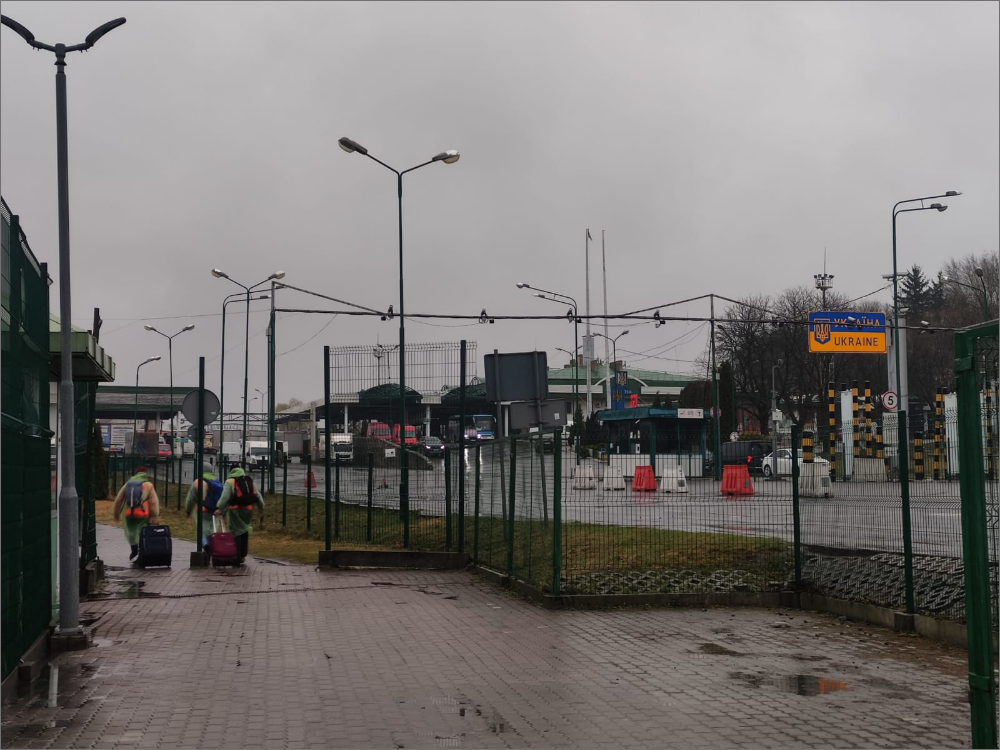Magnus has launched a delegation tasked with finding solutions to the rapidly devolving situation at the Polish-Ukrainian border
In the immediate aftermath of the Russian invasion of Ukraine, millions of Ukrainian civilians fled from the war approaching their homes for the nearest friendly border—with the Polish-Ukrainian border receiving the majority of refugee activity. The unprecedented pace at which this massive emigration occurred overwhelmed border control posts, humanitarian aid organizations, and national support infrastructure on both sides of the border. A humanitarian crisis rapidly developed, demanding immediate assistance from the international community.
Initial Report


















Operational Challenges
- Operating in an active war zone involved high levels of uncertainty.
- The refugee crisis at the border created a chaotic environment at conventional ports of entry.
- The disposition and resilience of the Government of Ukraine was, at the time, in question.
- Martial law imposed on Ukraine added specific challenges to evacuation efforts—such as the preponderance of armed citizens, a nighttime curfew, and frequent, disorganized check points on all major roadways.
- Airports were targeted by missile attacks, becoming unviable for commercial travel. Railways were occasionally targeted by missile attack.
Mission Phases
- In full cooperation with the Israeli Ministry of Foreign Affairs, a mission was designed to assist as many refugees as possible.
- MAGNUS rescue team members were deployed from various locations and consolidated at a staging area on the Polish side of the border where final planning and preparation took place.
- From this staging area, team members were sent out for specific evacuation missions within Ukraine, mostly comprising of accompanied foot and vehicular evacuations across the border.
- A notable evacuation event took place at the city of Lviv: A team led by company founder Hilik Magnus was able to establish bus transportation to evacuate civilians from Lviv to the border. In one instance, the team identified a solo child traveler who was disconnected from his family. The team escorted him throughout the journey until he was reunited with his family at the border.
- As the situation progressed and additional support arrived at the border, main evacuation efforts became more efficient. Magnus Control Center recalled the rescue team and directed key representatives to monitor the border in case further assistance was needed.
During humanitarian crisis events, multiple organizations often arrive to provide aid. MAGNUS delivers a clear advantage to these efforts with over 30 years of experience in navigating both natural disasters and political crises. Intelligence gathering capabilities, close coordination with local governments, and the support of a global network enhance our ability to assist large-scale efforts when life and death may hang in the balance.
TRACK THE
MISSION
Use the mouse wheel to zoom in and out on the dynamic map
You can also open the map in a large view in a new tab
The rescue team
More
Case Studies


